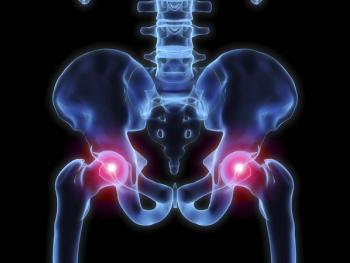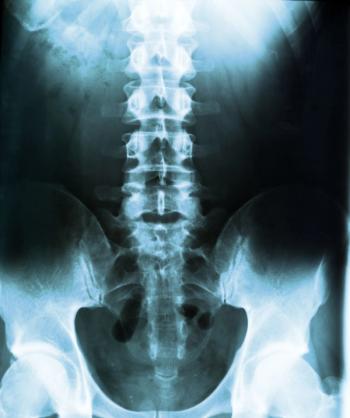
The new data suggest risdiplam can be a viable option for people with spinal muscular atrophy who cannot take or tolerate the 2 other approved disease-modifying therapies.

The new data suggest risdiplam can be a viable option for people with spinal muscular atrophy who cannot take or tolerate the 2 other approved disease-modifying therapies.

Leptin merely correlated with body mass index, the study found.

The study could provide an important baseline of what the disease looked like before the advent of disease-modifying therapies.

This study suggests that the diaphragm may fare differently from other muscles in spinal muscular atrophy (SMA).

A new therapeutic paradigm has heightened the need for meaningful measures of assessing patients.

As the feasibility of phase 1 clinical trials for prenatal spinal muscular atrophy (SMA) therapies is explored, patient and parent input on prenatal testing and possibly treatment is a valuable tool for guiding research discussions.

The patients, from 5 referral centers, were followed for at least 6 months and showed modest improvements in both motor and functional scales when treated with the antisense oligonucleotide for spinal muscular atrophy (SMA).

The case describes hemophagocytic lymphohistiocytosis (HLH), which occurred in a young boy in Italy with spinal muscular atrophy, who was treated with onasemnogene abeparvovec.

New data show the stark contrast between untreated infants with type 1 spinal muscular atrophy (SMA) and those who received risdiplam.

Still, investigators say there are gaps in spinal muscular atrophy (SMA) screening protocol that need to be filled.

The study also found broad tolerability, with 98% of patients remaining on the therapy after 12 months.

A new case report highlights the difficulties in pinning down spinal muscular atrophy (SMA) when it presents in a mild form.

The technique outperformed physical examinations in identifying muscle fasciculations, which are common in spinal muscular atrophy (SMA).

New data suggest motor function improves with amifampridine.

Patients who received regular physical therapy had improvement that was 4 times better than nusinersen alone, findings from this new study show.

When excluding the price tag of treatment, costs were significantly lower among the patients identified by early screening than among the patients identified by symptoms

Publishing their findings on the earliest treated infants to date, the researchers detailed the outcomes of 2 patients treated with nusinersen in their first week of life after receiving a spinal muscular atrophy (SMA) prenatal diagnosis.

The researchers of this new study wrote that although SMA carrier screening is recommended for all couples, current testing methods primarily focus on copy number loss of SMN1, which can result in false-negative test results due to intragenic mutations and silent carriers falling under the radar.

The study included children and adolescents, and it found decreased vertebral height and depth among both groups of patients compared with healthy controls.

Based on their findings, the researchers urged for the inclusion of a VRK1 gene analysis in the diagnostic workup of patients who present with predominant calf muscle weakness.

The results, say the study researchers, offer new insights into patient experiences during spinal muscular atrophy (SMA) clinical trials

Identifying patients with spinal muscular atrophy (SMA) early and before the onset of symptoms can yield financial savings and improve quality of life (QOL) for these individuals and their families.

The label expansion means risdiplam is approved for spinal muscular atrophy for all ages.

Although most SMA carriers can be identified through routine SMN1 copy number assessment data, approximately 4% of carriers who harbor 2 copies of SMN1 can go undetected.

Across the studies of a new analysis, there was a significant risk difference in motor milestone response and improvement in Hammersmith Infant Neurological Examination score.

259 Prospect Plains Rd, Bldg H
Cranbury, NJ 08512
© 2025 MJH Life Sciences®
All rights reserved.
